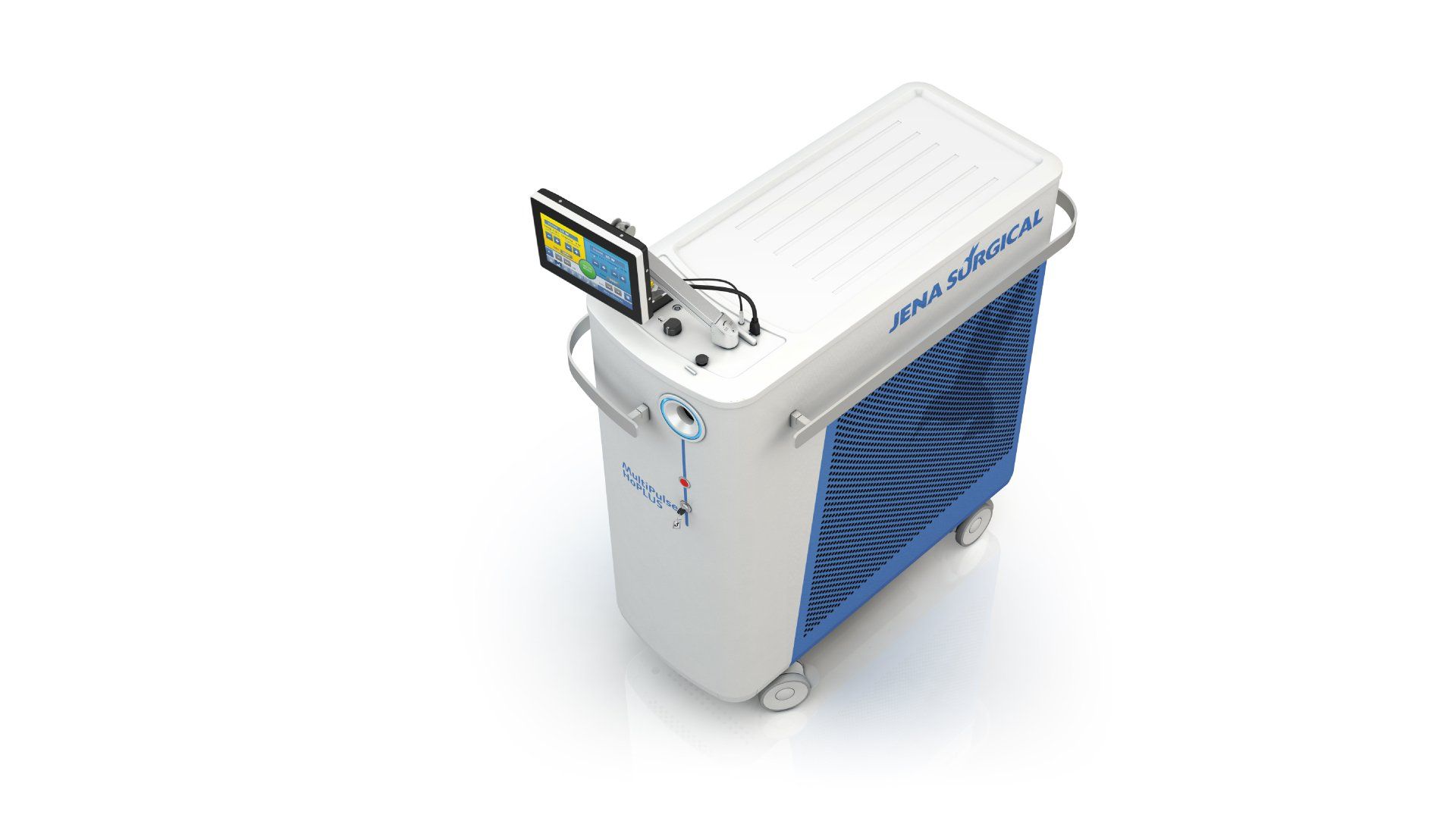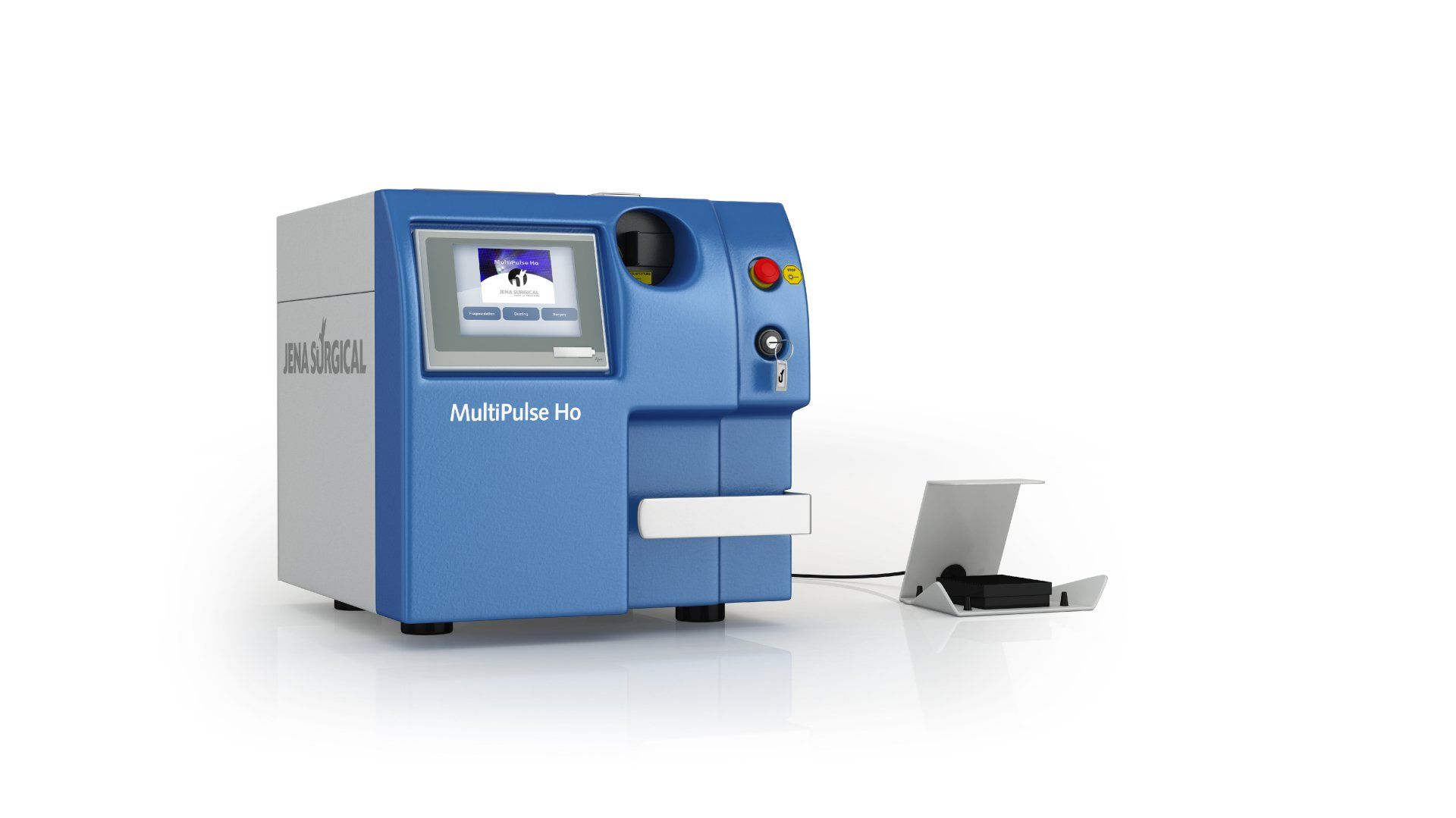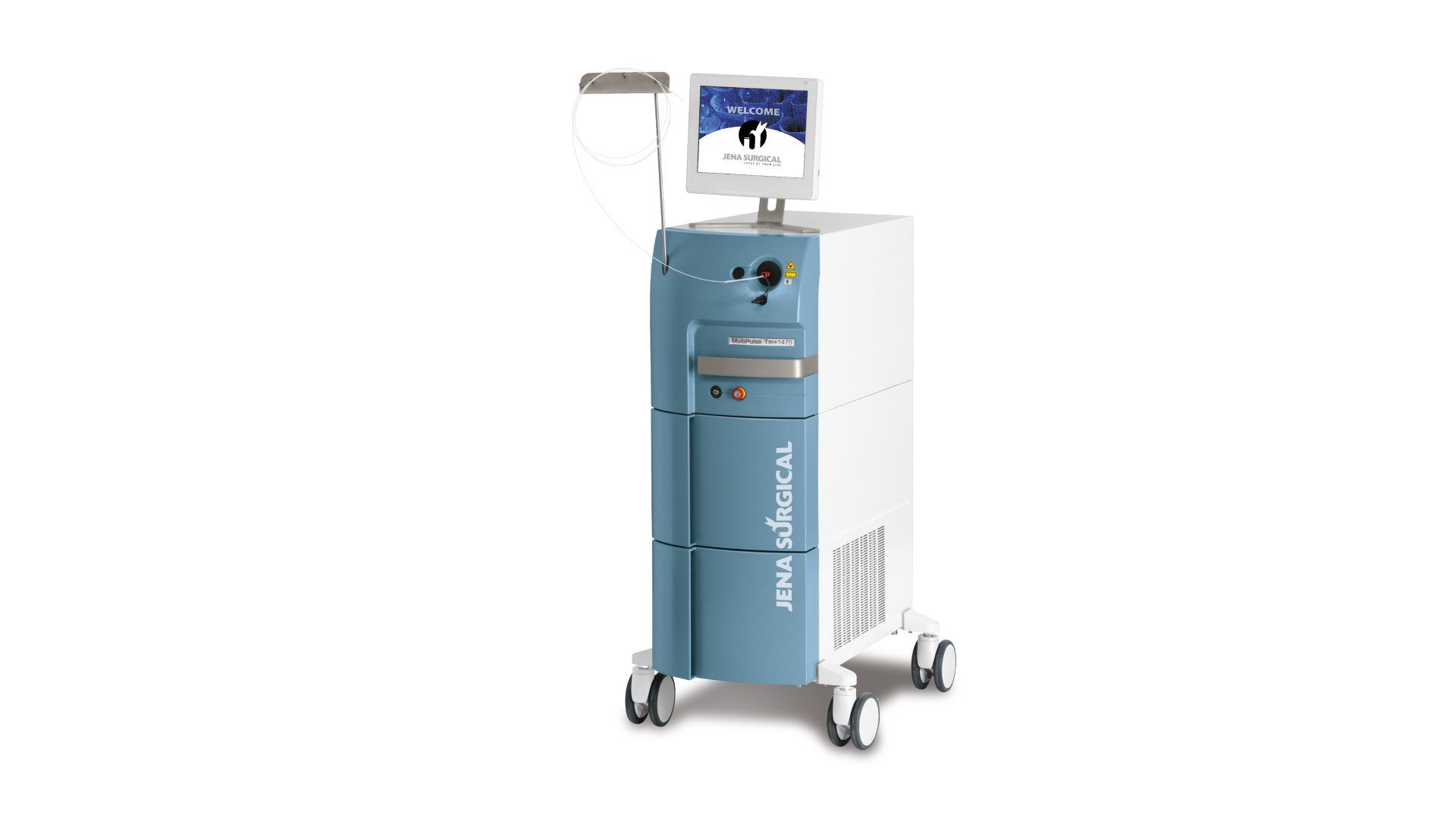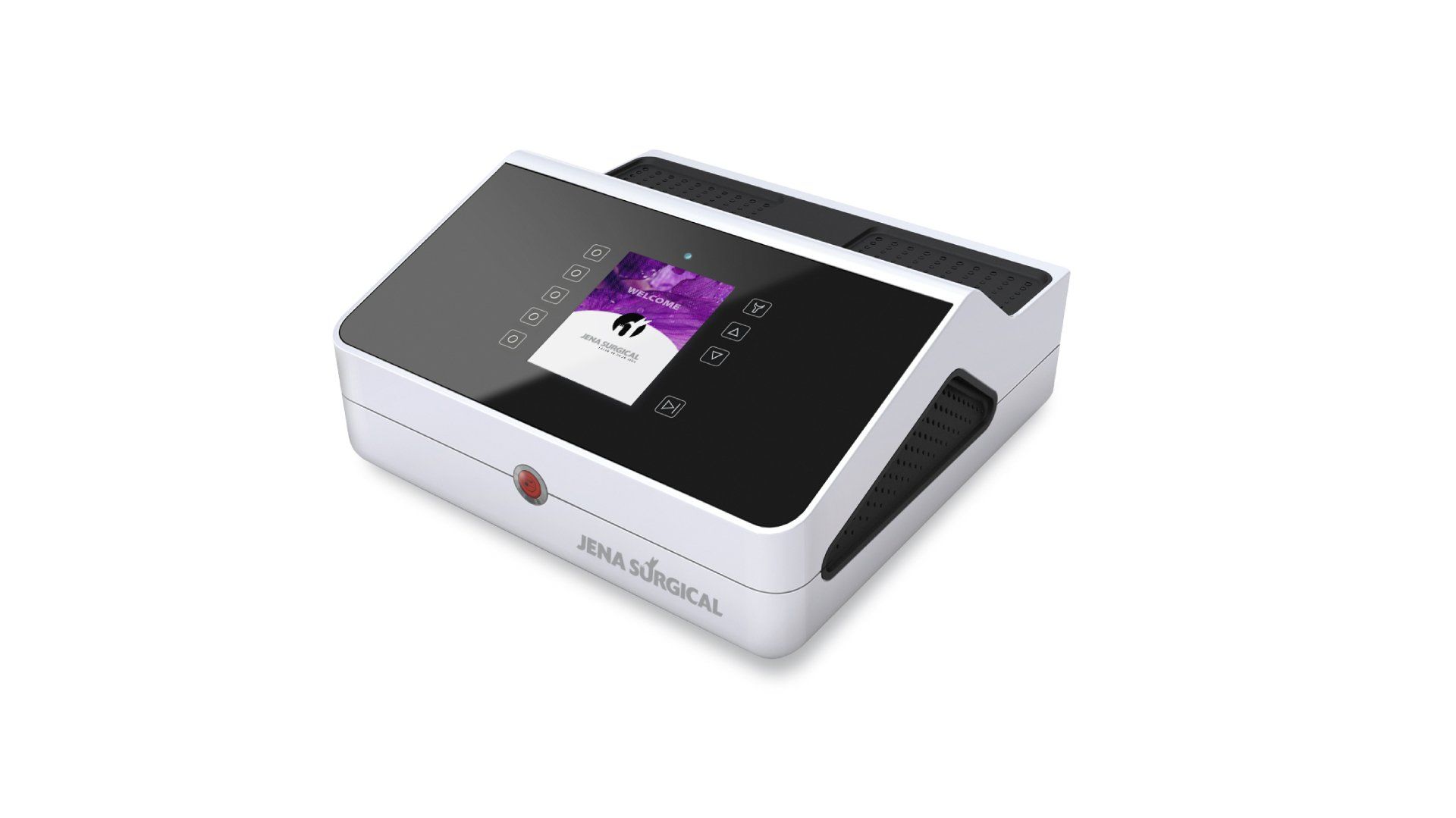ENT
The use of lasers in ENT surgery is common practice today. Thanks to the evolution of laser sources, the surgical otolaryngology approach has been revolutionized by the ability to perform minimally invasive, highly precise surgery, suitable for a wide range of treatments for diseases of ear/nose/throat.
CO₂ laser are mostly used in ENT, particularly appreciated for the high degree of precision in cutting combined with an excellent coagulation effect.
The main advantages of CO₂ laser surgery (with particular reference to the transoral laser microsurgery):
- Simplicity
- Speed
- Minimally invasive surgery
- Low morbidity
- Possibility of operating on elderly and /or debilitated patients and/or with pacemaker
- Shorter hospitalization (cut in healthcare costs)
- Results of surgical oncology equal to or even better than those of traditional surgery
These laser systems are excellent surgical instruments, characterized by remarkable hemostasis ability and reduced lateral thermal damage.
How CO₂ laser microsurgery can guarantee the best performance in the operating room for ENT:
In addition to the CO₂ source, recognized as the gold standard for ENT applications, also the diode lasers (SmartXide² and QuadroStarPRO) from the Asclepion Laser Technologies GmbH product range are used in ENT, primarily in middle ear surgery, in endonasal surgery and in oral surgery.
Finally, thanks to the photomechanical action, the Ho:YAG (MultiPulse HoPLUS) lasers are used in ENT applications for the treatment of salivary stones (sialolithiasis).
In many cases, endoscopic laser lithotripsy is a viable minimally invasive alternative to transoral scialectomy or external sialoadenectomy procedures when too large salivary stones cannot be entirely removed from the ducts.










